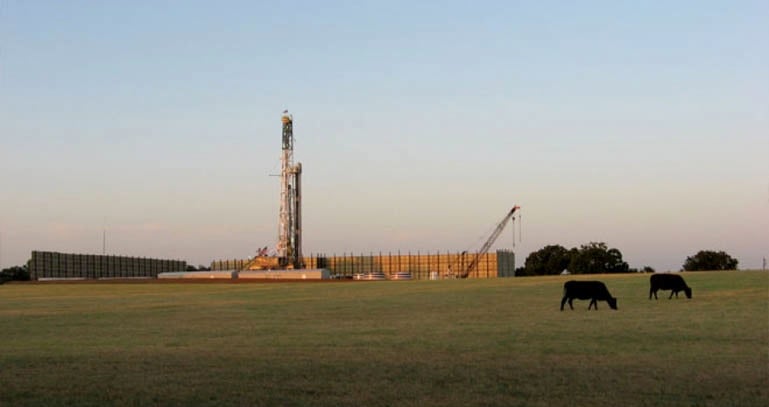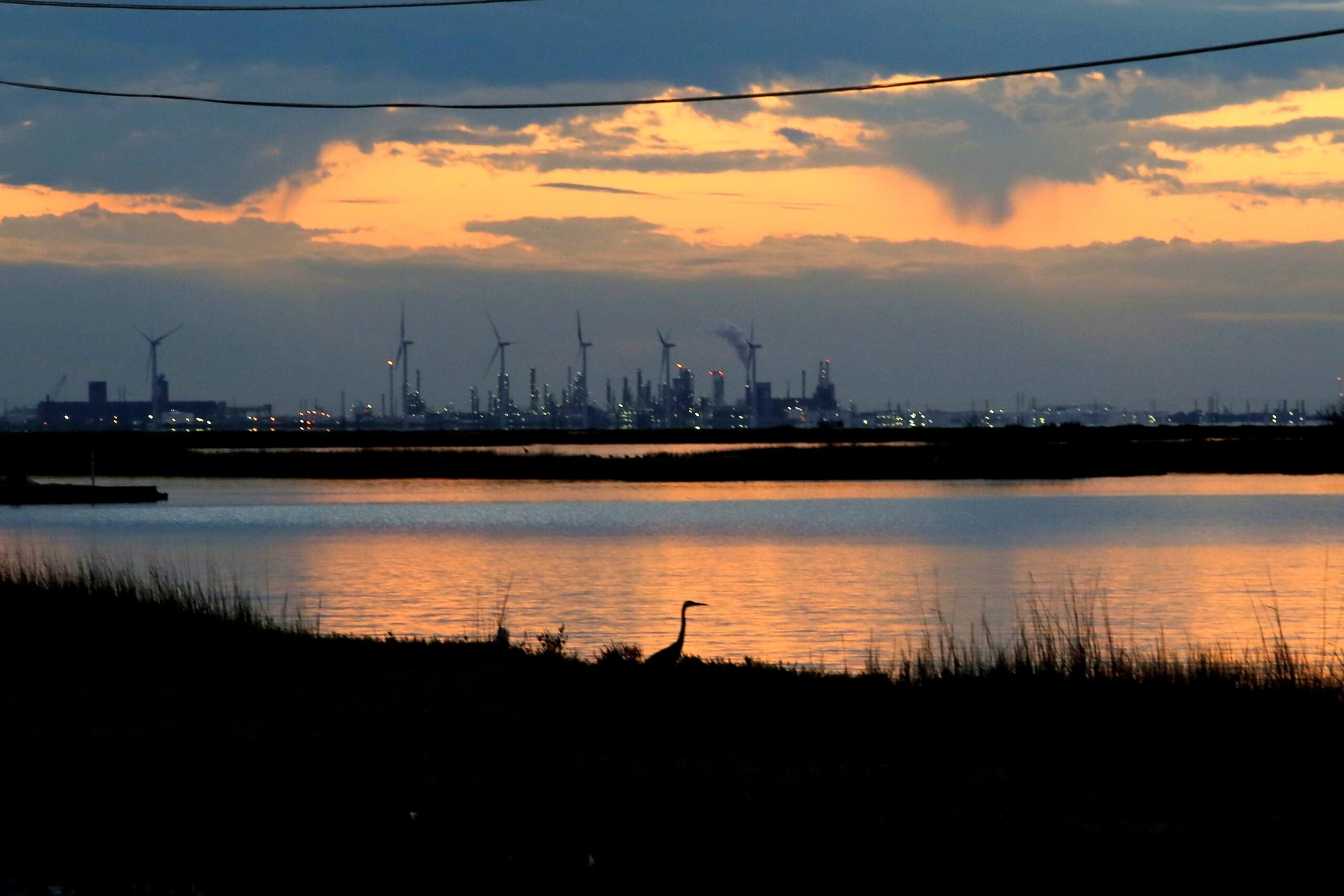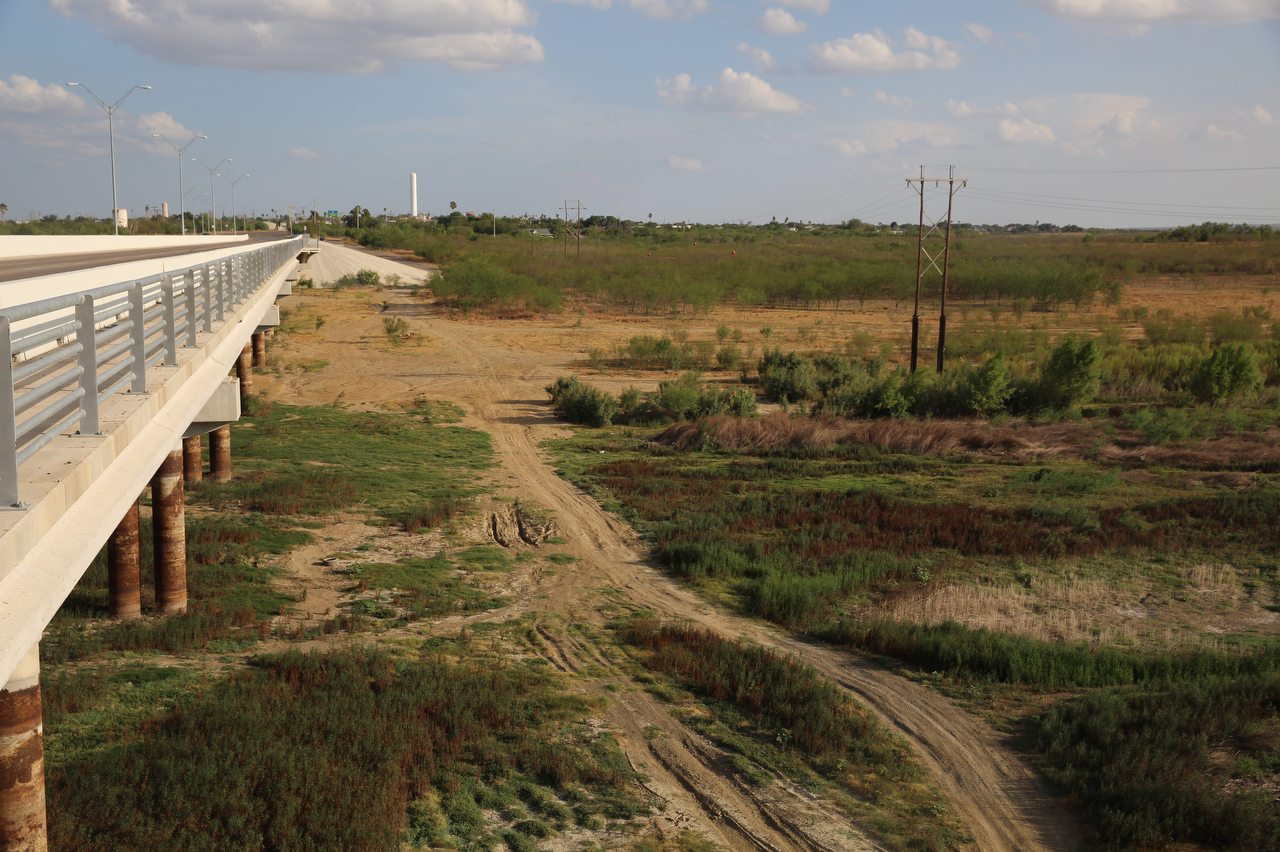
Fracking Industry Explains How Oil and Water Do Mix

A parade of oil and gas industry representatives told legislators today that they are hard at work on reducing the amount of freshwater used in fracking. This is the Texas Legislature, which is enormously deferential to the industry, so the joint hearing of two House committees had the air of a casual fact-finding mission mixed with lots of oil-and-gas boosterism.
State Rep. Jim Keffer (R-Eastland), who chairs the House Energy Resources Committee, framed the discussion as a chance to head off criticism.
“We just have to make sure people know we are not sitting on our hands,” Keffer said.
(He was, by the way, the legislator who authored legislation last session requiring operators to disclose the fluids used to frack wells. The disclosure law has been criticized for allowing companies to keep secret one out of every five chemicals used in Texas wells.)
The amount of water used to frack wells in Texas is less than 1 percent of all the water consumed in the state. However, in some counties water used in fracking can constitute 40 to 50 percent of the total. A University of Texas study, paid for by the oil and gas industry and released in January, found that the oil and gas boom had driven a 128 percent increase in water use but that companies were starting to recycle water and tap brackish groundwater sources.
As the rigs have chased the shale plays south and west, production has ramped up in more water-scarce areas. That, in turn, has increased pressure on the producers to look for ways to avoid spoiling potable water by shooting deep underground.
“It’s always one of two question the [locals] ask,” said Stephen Jester of ConocoPhillips. “What can you do to get more trucks off the road and the second thing is what are you doing about using less freshwater? We hear that.”
Yet, after hours of testimony from a variety of operators and speciality companies it became clear that no one technology or solution is at hand. Instead producers are trying out a number of different approaches, from strategies to simply use less water, to reusing “produced” water from one well in another, to seeking out brackish water sources.
Alternatives to freshwater are expensive and there is no government mandate for operators to pursue the alternatives. Currently, freshwater has the advantage of being clean, cheap and relatively abundant. Brackish water and “produced” water—the often-contaminated water that comes up from the well—can contain bacteria, high concentrations of solids and chemicals like boron that can clog up the well. So it’s often cheaper for companies to pay for freshwater to frack a well and then pay for it to be disposed in one of Texas’ abundant commercial disposal wells.
Water treatment companies, one man testified, don’t compete against each other but against the status quo.
Jay Ewing of Devon Energy said the company had recycled about 700 million gallons of “frack water” since 2005. (That’s about how much water the city of Austin uses in 5 days.) Recycling, mainly due to the transportation costs of moving the water from well to treatment site, cost 50 to 75 percent more than the alternative, Ewing said.
Another option for frackers is to use brackish water. “There are a lot of people, particularly in West Texas and South Texas, looking very seriously at using brackish water rather than freshwater,” said Brent Halderson, founder of the brand-newTexas Water Recycling Association, an industry group that promotes recycling of frack water. Indeed, a board member of the Colorado River Municipal Water District (CRMWD), a wholesaler that’s provides water to San Angelo, Midland and Odessa, suggested that it could form a public-private partnership with oil companies centered on a brackish water aquifer the water authority owns rights to. Of course, brackish water is also increasingly eyed as a water source by cities. El Paso opened the biggest inland desalination plant in the U.S. just a few years ago to treat brackish water from a nearby aquifer.
Still, brackish water can have a chemistry incompatible with the tracking process, requiring further treatment. It can also be expensive to tap deep brackish aquifers. Tapping the Carrizo Aquifer in South Texas’ Eagle Ford Shale costs $1 million, whereas a well in the shallow Gulf Coast Aquifer runs about $70,000, said Jester.
Given the additional costs, there was some vague talk about “incentives” in the form of, you guessed it, tax breaks. That produced a chortle from state Rep. Allan Ritter, the House’s leading water guru. “Good luck with that sir,” Ritter said.


